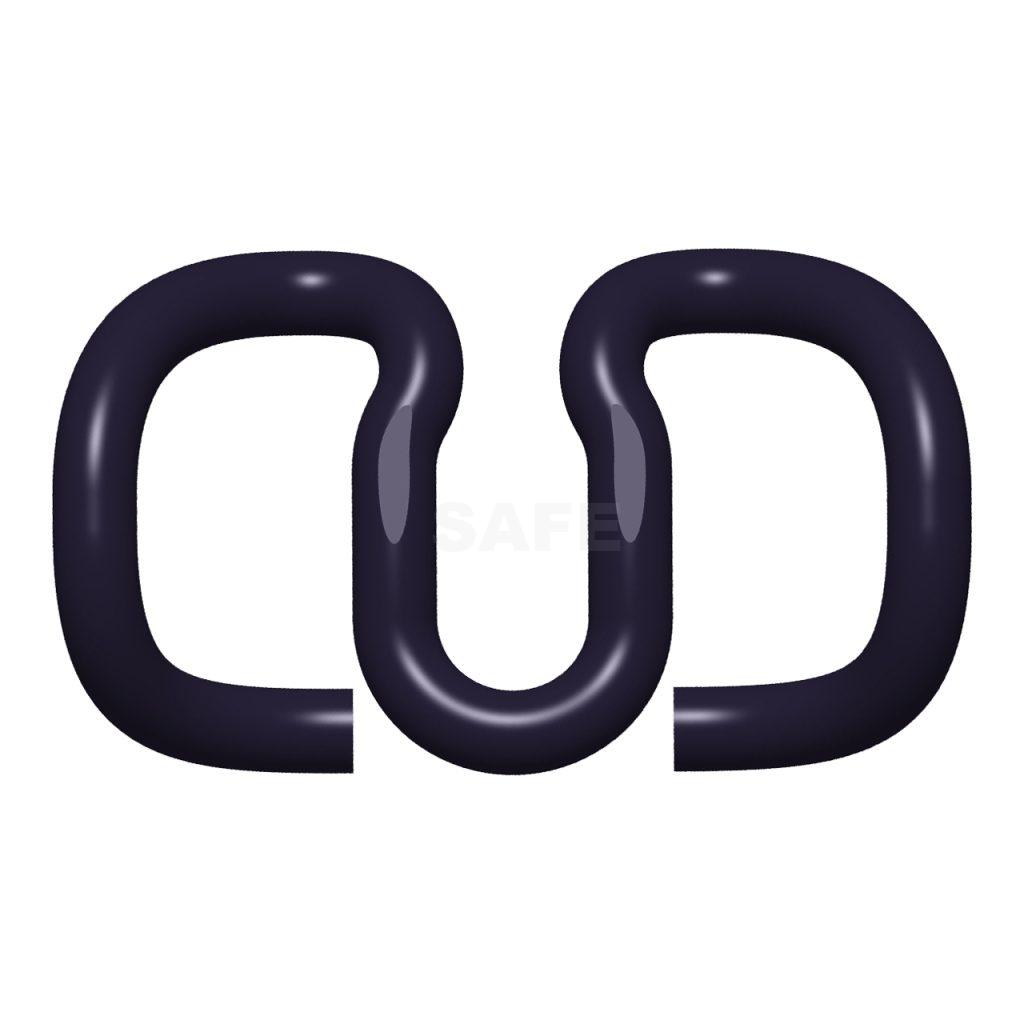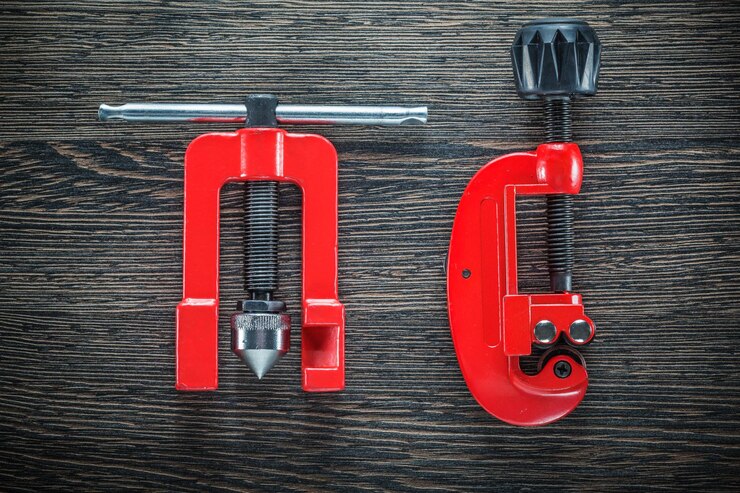Importance of Industry Standards for Tension Clamps
Adhering to industry standards for tension clamps is essential for ensuring safety and reliability in various applications. These standards provide guidelines and benchmarks that help manufacturers and users evaluate the performance and quality of tension clamps. Compliance with recognized standards reduces the risk of failure, which can lead to catastrophic incidents, particularly in critical applications such as construction, shipping, and transportation. Industry standards also facilitate interoperability, allowing for seamless integration with other equipment and systems used in specific industries. By following these established norms, companies can ensure that their products not only meet customer expectations but also contribute to overall industry safety.
Key Industry Standards and Certifications
Understanding key industry standards and certifications for tension clamps is crucial for manufacturers and users alike. One of the most recognized standards is the ASME (American Society of Mechanical Engineers) inspection standards for below-the-hook lifting devices. These standards set forth essential criteria for the design, performance, and testing of tension clamps, ensuring they can withstand intended loads and stresses. Compliance with these certifications signifies that a tension clamp has undergone rigorous testing and meets essential safety criteria, thereby enhancing its reliability in field applications. In addition to ASME, other standards and certifications relevant to tension clamps include ISO certifications, which focus on quality management systems, thus ensuring consistent production quality and operational efficiency.
ASME Inspection Standards for Below-the-Hook Lifting Devices
The ASME inspection standards for below-the-hook lifting devices play a critical role in the safety and performance evaluation of tension clamps. These standards outline comprehensive guidelines for design, materials, fabrication, and testing, ensuring that tension clamps can effectively support and secure loads during lifting operations. By adhering to ASME standards, manufacturers guarantee that their products can minimize the risk of equipment failure and related accidents. Regular inspections following these standards also help maintain compliance, allowing for timely identification of wear and potential safety hazards. Thus, routine adherence to ASME inspection standards not only enhances user confidence but also promotes a culture of safety and accountability in industries that depend on reliable lifting mechanisms.
How to Select the Appropriate Tension Clamp for Different Applications
Selecting the right tension clamp is critical for achieving optimal performance in any application. Factors such as load capacity, environment, and intended use must be thoroughly evaluated. Engineers and project managers need to consider the specific requirements of their applications to choose a tension clamp that aligns with operational needs. Proper selection not only enhances the effectiveness of the clamp but also contributes to overall system reliability and safety. When selecting the appropriate tension clamp, it is advisable to consult the manufacturer’s specifications and guidelines, ensuring that all parameters align with the application requirements and industry standards.
SAFE Rail Fastening System (Zhejiang) Co. has emerged as a key player in the global railway infrastructure market, offering cutting-edge fastening solutions that enhance the safety, reliability, and longevity of rail networks. The tension clamp is meticulously crafted to meet the rigorous demands of rail applications, ensuring that tracks remain securely in place while accommodating the full spectrum of operational challenges faced by modern rail systems. By leveraging advanced materials and the latest fastening technologies, SAFE demonstrates its commitment to excellence and reliability, providing users with peace of mind in every journey.
Factors to Consider When Choosing Tension Clamps
Several factors must be considered when choosing tension clamps for different applications to ensure safety and efficacy. One primary factor is material compatibility. Different applications may involve various environmental conditions, such as exposure to corrosive substances, extreme temperatures, or physical wear. It is crucial to select tension clamps made from materials that can withstand these conditions without compromising strength or performance. Additionally, load requirements play a significant role in the selection process. Understanding the maximum load a tension clamp must support is vital for selecting a product that provides the necessary strength and stability. Overloading a tension clamp can lead to failure, presenting safety risks, while underloading can result in inefficient operations.
Material Compatibility
Material compatibility is paramount in the selection process of tension clamps. The choice of material directly impacts the performance and longevity of the clamp under specific operational conditions. For instance, stainless steel clamps are ideal for applications involving moisture and chemicals due to their corrosion-resistant properties. In contrast, aluminum clamps may be preferred in scenarios where weight reduction is critical. Before choosing a tension clamp, it is essential to assess the environmental factors that may affect the clamp’s material, including temperature fluctuations, moisture levels, and exposure to chemicals. Proper consideration of material compatibility ensures that the selected tension clamp will meet performance expectations over its intended lifespan, reducing the need for frequent replacements and maintenance.
Load Requirements
Understanding load requirements is essential when selecting tension clamps for various applications. Each clamp is rated for a specific load capacity, which must not be exceeded to ensure operational safety. Engineers should assess both static and dynamic loads that the clamp will encounter during its use. This involves evaluating the maximum weight it will support, considering potential impacts, vibrations, and other forces that may affect the clamp’s performance. By clearly understanding load requirements, users can select tension clamps that provide both safety and performance under operational conditions. Ensuring that the load ratings align with application demands prevents equipment failure, ultimately contributing to safer working environments and more efficient operations.
Proper Installation Techniques for Tension Clamps
Step-by-Step Installation Guide
Installing tension clamps correctly is fundamental to ensuring their effective performance. The first step in the installation process is preparing the surface and tools. It involves cleaning the areas where the tension clamps are to be installed to eliminate any debris or contaminants that could affect the clamp’s performance. Next, the appropriate tools must be gathered, including wrenches, torque wrenches, and any other required equipment to facilitate a smooth installation.
After preparing the surface and tools, the next critical phase is the correct alignment of the tension clamps. Proper alignment is essential to ensure that the clamps are installed in accordance with the specified design and engineering standards. Misalignment can lead to uneven load distribution, which may result in premature wear or failure. During installation, each clamp should be carefully positioned and secured to ensure full engagement and optimal tensioning of the components involved.
Ensuring Secure Tightness
Ensuring that tension clamps are tightened to the specified torque settings is crucial for performance and safety. Utilizing calibrated torque tools is recommended to guarantee that the clamps achieve the correct tightness. These tools should be routinely calibrated to maintain accuracy, as even small deviations can lead to insufficient clamping force or, conversely, excessive tightening that might damage components.
In summary, adhering to these installation techniques for tension clamps not only helps in maintaining structural integrity but also aligns with industry standards for safety and reliability. Proper installation procedures are paramount in extending the lifespan of the clamps and ensuring their effective function across various applications.
Techniques for Maintaining Consistent Clamp Tightness
Maintaining consistent clamp tightness is essential for ensuring the safety and integrity of various operations that involve tension clamps. This process encompasses implementing regular inspection protocols and utilizing calibrated torque tools. By adopting these techniques, industries can significantly reduce the risk of equipment failure and enhance operational efficiency.
Regular Inspection Protocols
Regular inspections are vital to ensure that tension clamps remain in optimal condition. These inspections usually involve both visual checks and precise torque testing methods. Visual inspections can help identify signs of wear, corrosion, or misalignment, which could compromise the clamp’s performance. Inspectors should pay close attention to any deformation of the clamps, signs of rust, and the condition of surrounding components. Additionally, routine inspections promote early detection of issues, allowing for prompt maintenance and ensuring ongoing safety.
Visual Inspections
Visual inspections should be conducted at scheduled intervals or whenever unusual vibrations or noises are detected in the equipment. Inspectors should thoroughly evaluate the mechanical setup, looking for any visible deterioration that might impact the performance of the tension clamps. Furthermore, the inspection should include checking the alignment of the clamps to ensure they are seated correctly and are not experiencing undue stress that could lead to failure. By diligently performing these visual inspections, potential problems can be caught early, which ultimately contributes to a safer and more efficient operation.
Torque Testing Methods
In addition to visual inspections, torque testing methods are crucial for confirming that tension clamps are maintained at the appropriate tightness. These methods involve utilizing calibrated torque tools to measure the clamping force applied. If torque testing reveals that the tension clamps are under-tightened, corrective actions can be taken to adjust them to the specified torque settings. Establishing a routine for torque testing not only supports safe operations but also aligns with industry standards by ensuring that all equipment operates within its designated specifications.
Calibration of Torque Tools
The calibration of torque tools plays an essential role in promoting consistent clamp tightness and ensuring operational safety. Utilizing calibrated torque tools reduces the risk of human error and equipment malfunction, thereby improving overall reliability. Additionally, regular calibration should be part of every maintenance schedule to guarantee the accuracy of torque measurements over time. By doing so, organizations can enhance their operational consistency and minimize the likelihood of incidents resulting from improper torque constraints.










